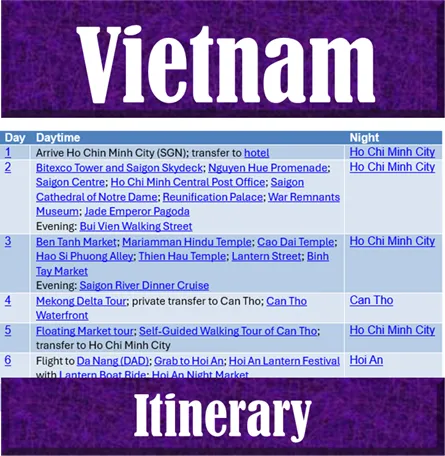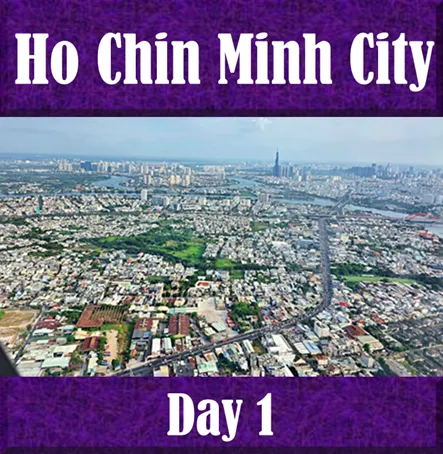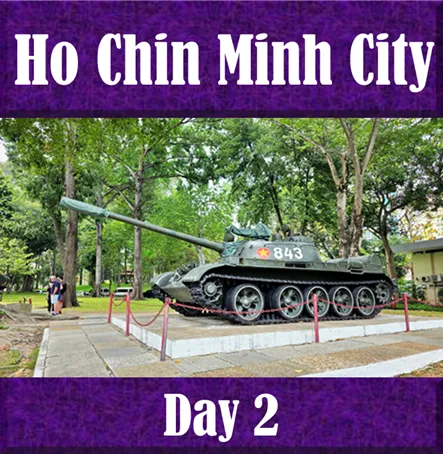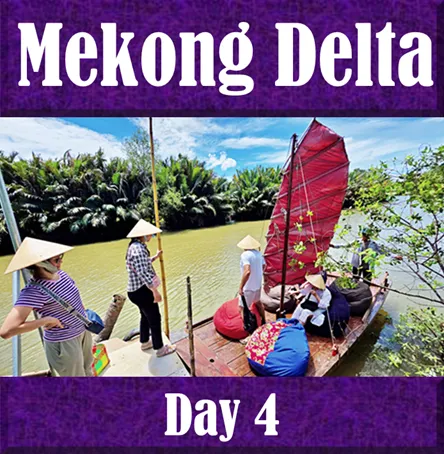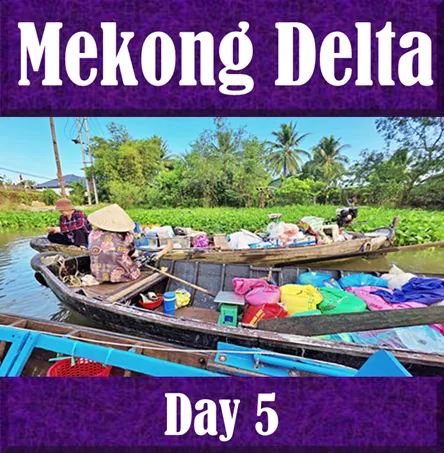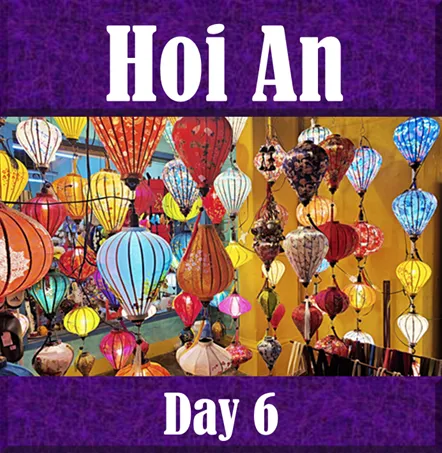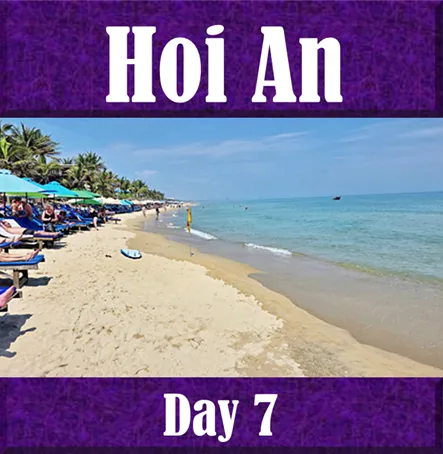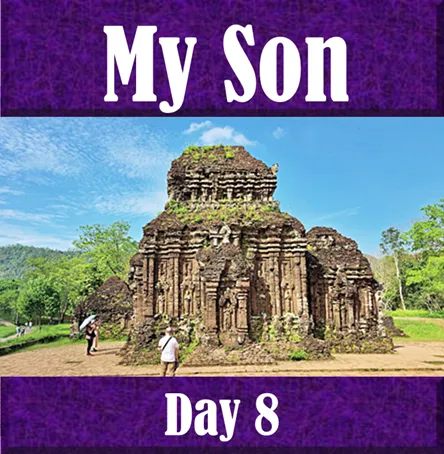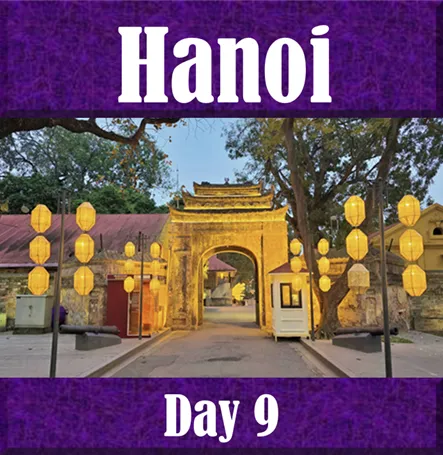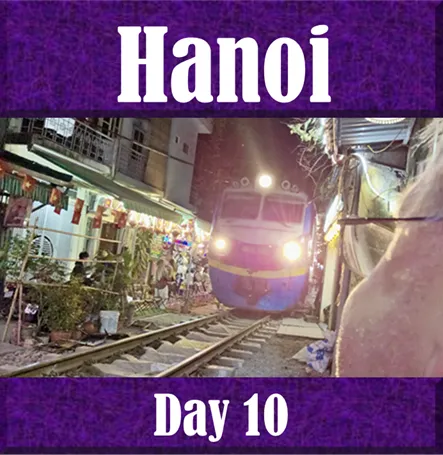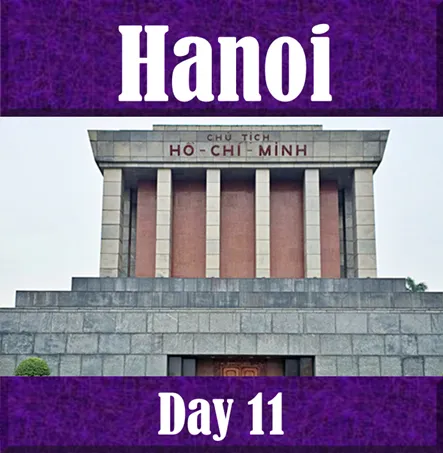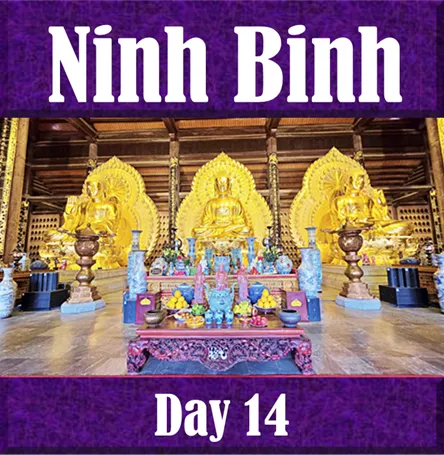The Old House of Phung Hung: Hoi An's 240-Year-Old Merchant Home | Vietnam Purple Travel Guide
(map, reviews)
This is Premium Content! To access it, please download our
Backpack and Snorkel Purple Travel GuideTo enter, you need to have purchased the Hoi An Ancient Town Ticket.
Our recommendation is to only look at this house from the outside and visit the Old House of Tan Ky instead.
A Merchant House Turned Cultural Treasure
Phung Hung House was originally built by a wealthy Vietnamese merchant named Phùng Hưng, who traded in spices, glassware, silk, and ceramics. Its location on Nguyen Thi Minh Khai Street, near the Japanese Covered Bridge was ideal for business, offering quick access to trading boats that once filled the Thu Bồn River.
The house served not just as a residence but also as a shop and meeting place, with the ground floor used for commercial transactions and the upper floor reserved for living quarters and worship. This multi-functional design remains visible today.
The Old House of Phùng Hưng stands as a beautifully preserved reminder of the city’s golden age of international trade. Built in 1780, this two-story wooden house offers visitors a rare and intimate glimpse into Vietnam’s merchant-class lifestyle at a time when Hoi An was one of Southeast Asia’s busiest port cities.
Today, the Phung Hung Old House is not only a cultural and historical attraction, but also a living museum which is still owned and operated by descendants of the original merchant family.
A Blend of Vietnamese, Chinese, and Japanese Architecture
What makes Phung Hung Old House architecturally unique is its fusion of three distinct cultural styles:
Vietnamese: The structure is built using high-quality local wood with a traditional tiled roof and open balconies for ventilation, to counter the humid central Vietnam climate.
Chinese: Decorative lanterns, carved wall panels, and the altar room reflect Chinese influence, especially from Guangdong merchants.
Japanese: The Japanese-style roof supports and beams are designed with earthquake resistance in mind, a feature attributed to Hoi An’s historic connection with Japanese traders.
Its distinctive ‘yin-yang’ tiled roof and spacious wooden façade easily catch the eyes of visitors and photographers alike. Inside, wooden columns rest on marble bases, and elaborately carved screens divide the rooms while allowing airflow as an elegant solution to Hoi An’s tropical weather.
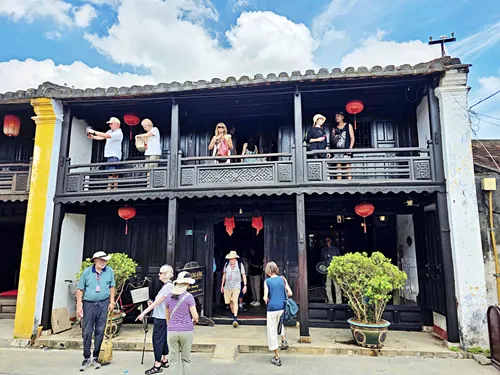
What to See Inside
Ancestral altar: A beautifully maintained space where the family still pays tribute to their ancestors.
Period furniture: Authentic antiques including tables, beds, and display cabinets showcasing merchant life in the 18th and 19th centuries.
Family heirlooms: Photographs, calligraphy, and records that tell the story of the Phùng Hưng lineage.
Flood adaptation features: The house has trapdoors and beams designed for quick evacuation and to preserve goods from seasonal flooding — a clever architectural solution that still functions today.
Local guides, often members of the family, offer short, informative tours in English, Vietnamese, or other languages, giving personal insight into the house’s legacy and design.
Location and Practical Info
Opening hours: Typically from 8:00am to 5:30pm, daily
Entry: Included in the Hoi An Ancient Town ticket, which provides access to five cultural sites of your choice
Photography: Allowed inside
Here at Backpack and Snorkel Travel Guides, we promote self-guided walking tours.
But we realize that not everybody likes to walk by themselves in a foreign city. So, just in case that you rather go with ab guide: NO PROBLEM! Please see the Viator tours below.
paid Viator tours
Where do you want to go now?
Author: Rudy at Backpack and Snorkel
Bio: Owner of Backpack and Snorkel Travel Guides. We create in-depth guides to help you plan unforgettable vacations around the world.
Other popular Purple Travel Guides you may be interested in:
Like this Backpack and Snorkel Purple Travel Guide? Pin these for later:





